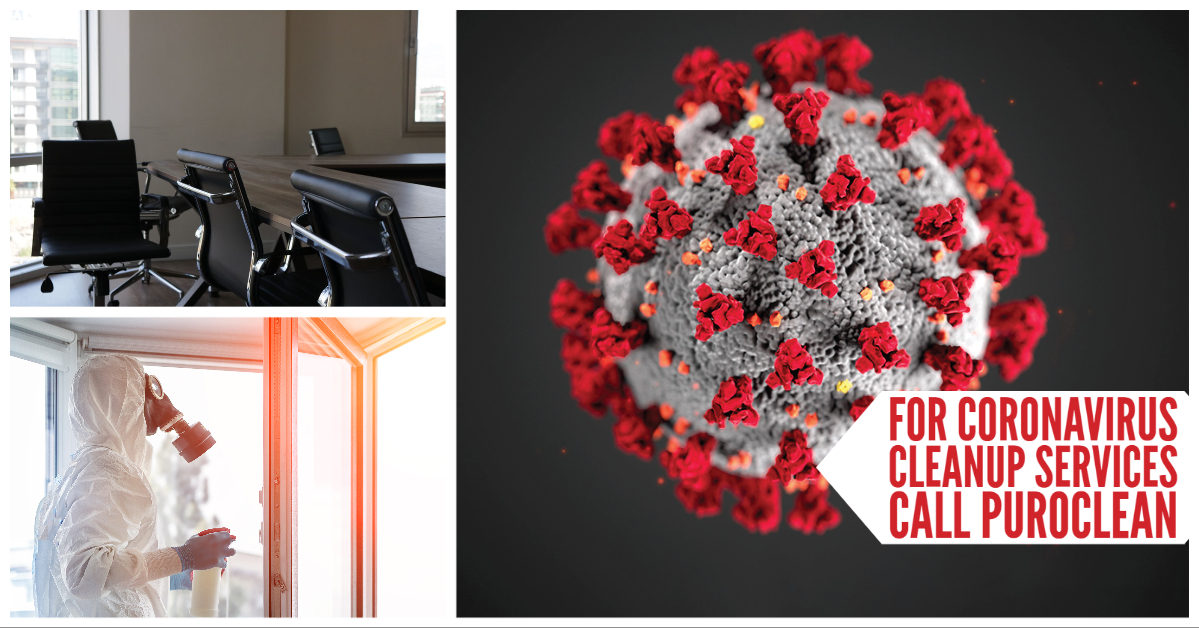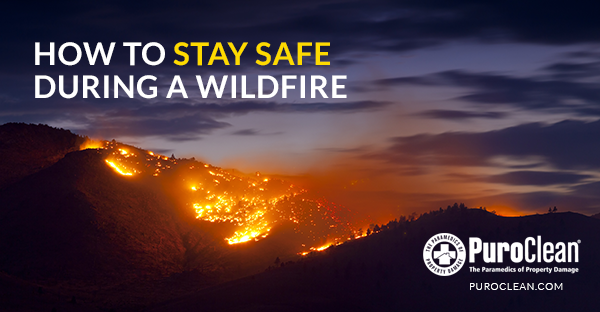Coronavirus are a large family of viruses that are common in people and many different species of animals, including camels, cattle, cats, and bats. Rarely, animal coronaviruses can infect people and then spread between people such as with MERS-CoV, SARS-CoV, and now with this new virus named SARS-CoV-2.
The Centers for Disease Control and Prevention (CDC) is responding to an outbreak of respiratory disease caused by SARS-CoV-2. It was first detected in China and has now spread to at least 114 countries and territories, including the US. While the virus has been named “SARS-CoV-2”, the disease it causes is called “coronavirus disease 2019” (COVID-19).
Furthermore, on January 30, 2020, the International Health Regulations Emergency Committee of the World Health Organization declared the outbreak a “public health emergency of international concern” (PHEIC). Then, on January 31, 2020, Health and Human Services Secretary Alex M. Azar II declared a public health emergency (PHE) for the United States to aid the nation’s healthcare community in responding to COVID-19.
According to the CDC, current evidence suggests that novel coronavirus may remain viable for hours to days on various surfaces. Thus, cleaning of visibly dirty surfaces followed by disinfection is a best practice measure for the prevention of COVID-19 and other viral respiratory illnesses in homes and public spaces.
We continue to develop, adjust, and expand our cleaning processes and procedures related to the coronavirus based on the practices recommended by the CDC and chemical manufacturers, which continues to evolve as more information is received regarding the virus. Below we will explain our current coronavirus cleaning process, which we are developing to meet this community’s needs. These coronavirus cleaning guidelines apply to commercial, institutional, and home environments. Also, note that this guide may be superseded by local regulations.
PuroClean’s coronavirus deep mitigation cleaning process
Wearing Personal Protective Equipment
First, wearing proper Personal Protective Equipment (PPE) is required. Our cleanup technicians wear a full-face respirator to guard against splashes coming in contact with the mucous membranes of the mouth, nose, or eyes. They also wear Biohazard protective coveralls, shoe covers, and Nitrile gloves.
The cleaning products
The cleaning products we use include EPA-registered hospital-grade disinfecting products, including towelettes, containing pharmaceutical ingredients that meet OSHA’s bloodborne pathogen standard against diseases like the coronavirus and other disease-causing bacteria, viruses, tuberculosis, mold, and mildew.
The cleanup materials
The cleaning materials our technicians typically use include:
- Disposable microfiber wipes, brushes and/or cleaning sponges
- Trigger or Pressure sprayers
- Trash bags and tape for sealing
- Mops and buckets
- Portable carpet extractor for cleaning carpets and upholstery
Disinfectant application procedures
Our technicians apply disinfectant using three methods, depending on the circumstances.
- Spray application — This process uses a pump or electric sprayer. It’s the preferred system and can be used whenever the surface or item is visibly free of soil and dirt.
- Disinfecting towelettes — We use them to wipe electronic items such as phones or computers. Towelettes are preferred if the surface or item has visible, light soil or dirt.
- Microfiber wipes/pads — These are an alternative to using pre-treated disinfecting towelettes. They are used with cleaning products in an appropriately labeled spray bottle.
The on-site procedures
First, our technicians arrive at the job site and do a quick walkthrough to ensure that the area is ready for cleaning services. Then, they determine the flow of the work to do the work as efficiently as possible.
We pay special attention to these areas:
- Lockers, carts, storage bins, walls, floors, countertops, partitions, doorknobs, handles, and light switches.
- Shower stalls, sinks, and toilets.
- Weight machines, benches, barbells, stationary bicycles, wrestling mats, and other exercise equipment.
- Drinking fountains, vending machines, tables, desks, and chairs.
- Telephones, fax machines, copy machines, computers, and keyboards.
Cleaning porous surfaces and materials
- Synthetic carpets, rugs, curtains, and upholstery —Our technicians will either clean these items manually or, for machine cleaning, they will apply approved disinfectants for textiles and carpets and then extract where applicable.
- Natural fabrics, rugs, curtains, and upholstery must be cleaned in accordance with the manufacturer’s guidelines.
- To disinfect clothing, linens and other personal fabrics, the contaminated articles should be laundered per label instructions. NOTE: washing machines should be disinfected after washing contaminated materials.
- Tanned leather materials — We can clean these materials by wiping the surfaces with a cloth lightly moistened with disinfectant solution or disinfectant towelettes.
- Suede and Nu-buck leather material — Cleaned according to manufacturer’s guidelines.
- Concrete, cinder block, wood, plywood, and oriented strand board (OSB) — Cleaned by applying the disinfectant solution directly to the surface.
- HVAC system — HVAC internal duct surfaces and components should be cleaned in accordance with industry guidelines by a licensed HVAC contractor or NADCA certified duct cleaner. Also, external ductwork surfaces, grills, grates, and registers should be cleaned and disinfected with a disinfectant solution.
When finished, the crew collects and takes with them all used materials for proper disposal. Another thing we do is to clean all tools, equipment, and PPE used in the coronavirus cleanup using an EPA-registered disinfectant prior to removal from the contaminated area.
For coronavirus cleaning services, call PuroClean now!
As the coronavirus pandemic continues to rise and health and government officials notify the public to take necessary measures to protect themselves, one of the best ways to slow its progress is by performing deep mitigation cleaning of all touch-point surfaces, along with the use of an EPA-registered disinfectant.
These methods of cleaning can be utilized for institutions, commercial, and residential properties. Our coronavirus cleaning services will help reduce contamination of COVID-19 in your property and community. Call your local PuroClean office for more information on how we can help disinfect your property.




 PuroClean of North Nashville
PuroClean of North Nashville